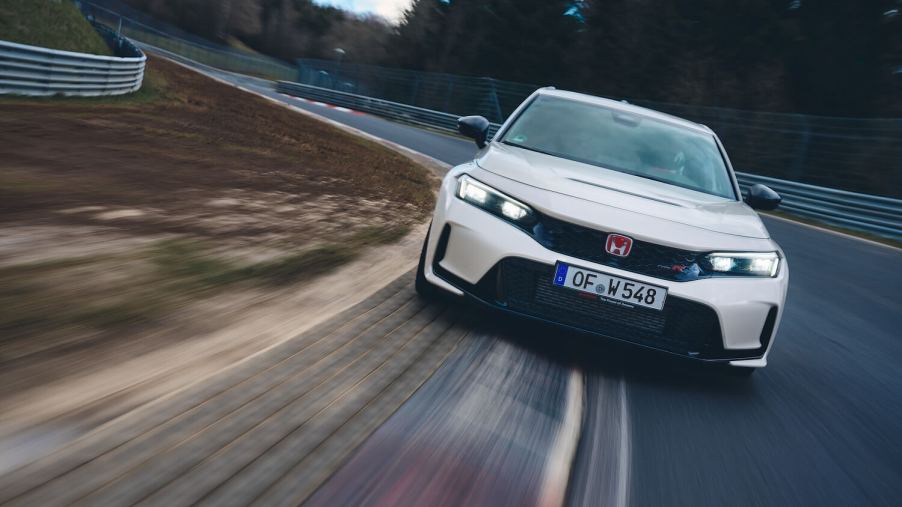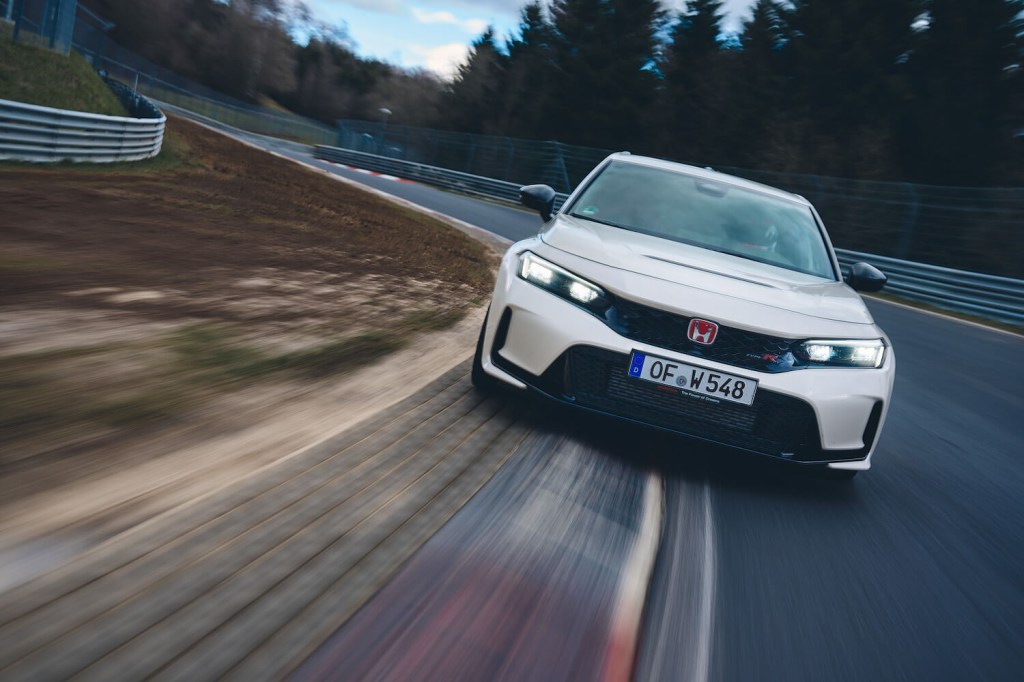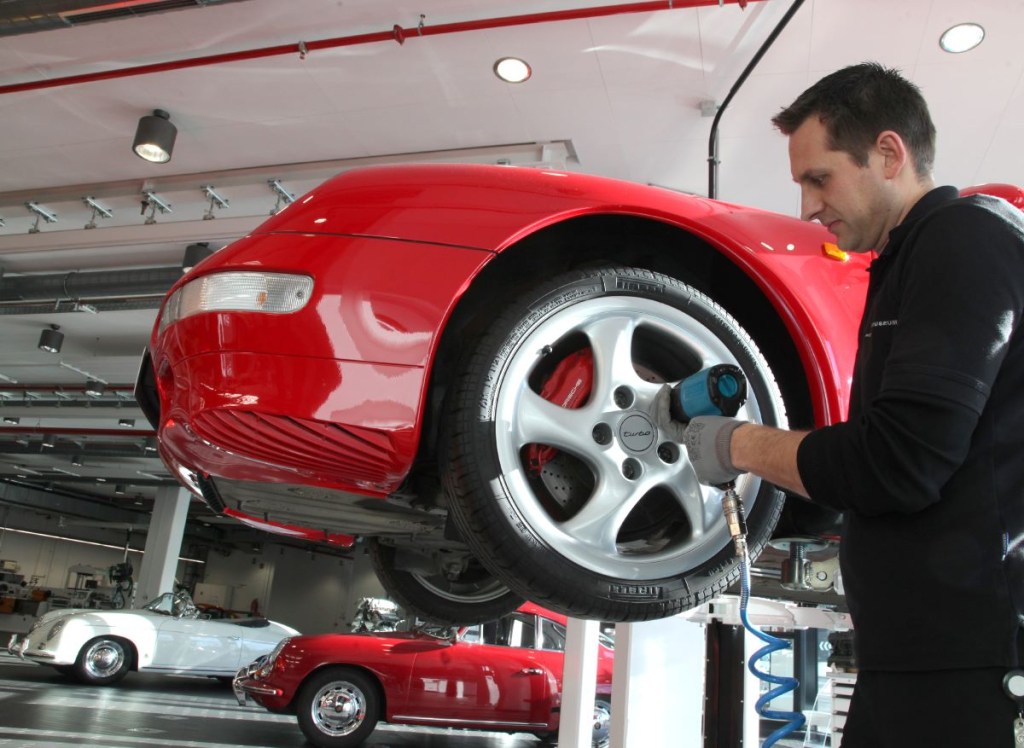
Do You Need to Get an Alignment to Drive on a Track?
When it comes to high-performance driving on a track, every aspect of your vehicle’s setup plays a crucial role. From engine power to suspension tuning, every component maximizes performance and achieves optimal lap times. However, one often overlooked aspect is wheel alignment. Many track enthusiasts wonder if getting an alignment is necessary to drive on a track. So let’s explore this topic and why wheel alignment is crucial for high-performance driving.
What is a track alignment?

Wheel alignment refers to the adjustment of the angles of the wheels relative to each other and the vehicle’s body. It involves adjusting three key parameters: toe, camber, and caster. These adjustments ensure the tires make optimal contact with the road surface, improving handling, stability, and tire wear. To understand the significance of wheel alignment for track driving, we can refer to the insights provided by Driving Line, starting with toe adjustment.
Toe refers to the angle at which the tires point inward or outward when viewed from above. Incorrect toe settings can significantly impact a vehicle’s handling characteristics. On a track, precision cornering and stability are crucial. In addition, the tires can scrub against the road with a wrong toe setting, generating excessive heat and reducing overall grip. This can lead to uneven tire wear and decreased performance. You can ensure the tires work in unison by aligning the toe properly, providing maximum grip and predictable handling on the track.
What is camber on a car?

Camber refers to the vertical tilt of the wheel and is typically measured in degrees. Positive camber means the top of the wheel tilts outward, while negative camber indicates the top of the wheel tilts inward. The optimal camber setting depends on various factors, including suspension design, tire type, and track conditions. When it comes to high-performance driving, negative camber is often preferred.
The wheel camber is one of the most noticeable parts of an alignment. It helps increase tire contact patch during cornering, enhancing the grip and reducing understeer. In addition, proper camber adjustment ensures that the tire’s contact area remains consistent and maximizes the available traction on the track.
Is caster an important part of an alignment?

Caster refers to the angle between the steering axis and the vertical line when viewed from the side of the vehicle. It affects a vehicle’s straight-line stability, steering effort, and cornering behavior. In track driving, having the correct caster setting is crucial for precise and responsive steering. It helps maintain straight-line stability at high speeds and provides better feedback to the driver. A properly adjusted caster angle improves handling and control, allowing you to extract the most out of your track sessions.
While it is clear that wheel alignment is vital for high-performance driving on a track, it’s important to note that the optimal alignment settings can vary depending on various factors, such as the vehicle’s suspension design, tire type, and individual driving preferences. Therefore, seeking professional guidance from an experienced alignment technician or a performance-oriented shop is recommended. They can assess your vehicle’s specific needs, considering factors such as ride height, suspension modifications, and tire specifications, to provide a custom alignment setup tailored to your track driving goals.
Should you get an alignment for the track?
In conclusion, getting a wheel alignment is crucial if you intend to drive on a track. Properly aligned wheels ensure maximum grip, predictable handling, and improved performance. Adjustments made to the toe, camber, and caster are vital in optimizing tire contact with the road surface, enhancing stability, and reducing tire wear. So, before hitting the track, prioritize a professional wheel alignment to unleash the full potential of your high-performance machine.


